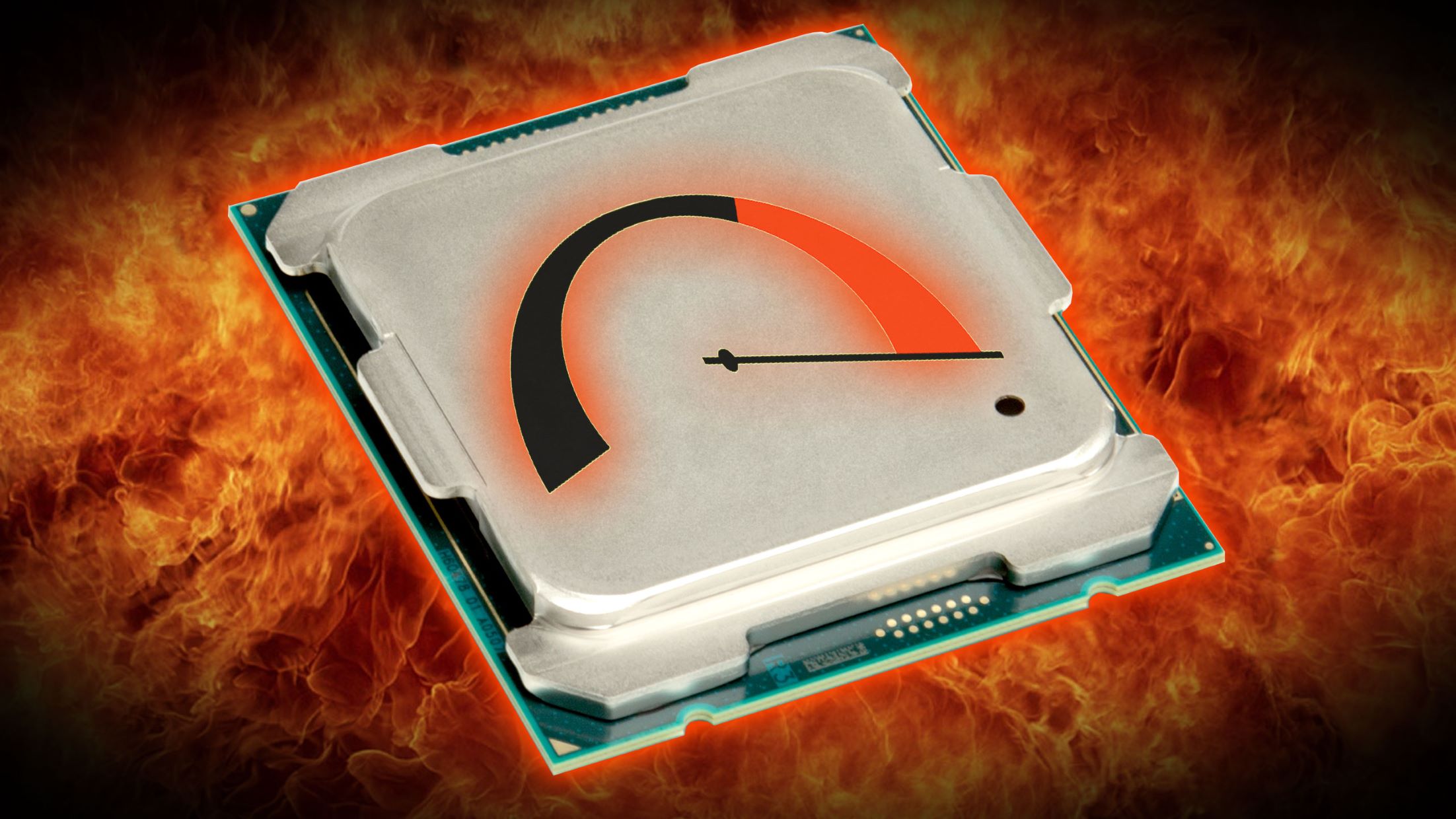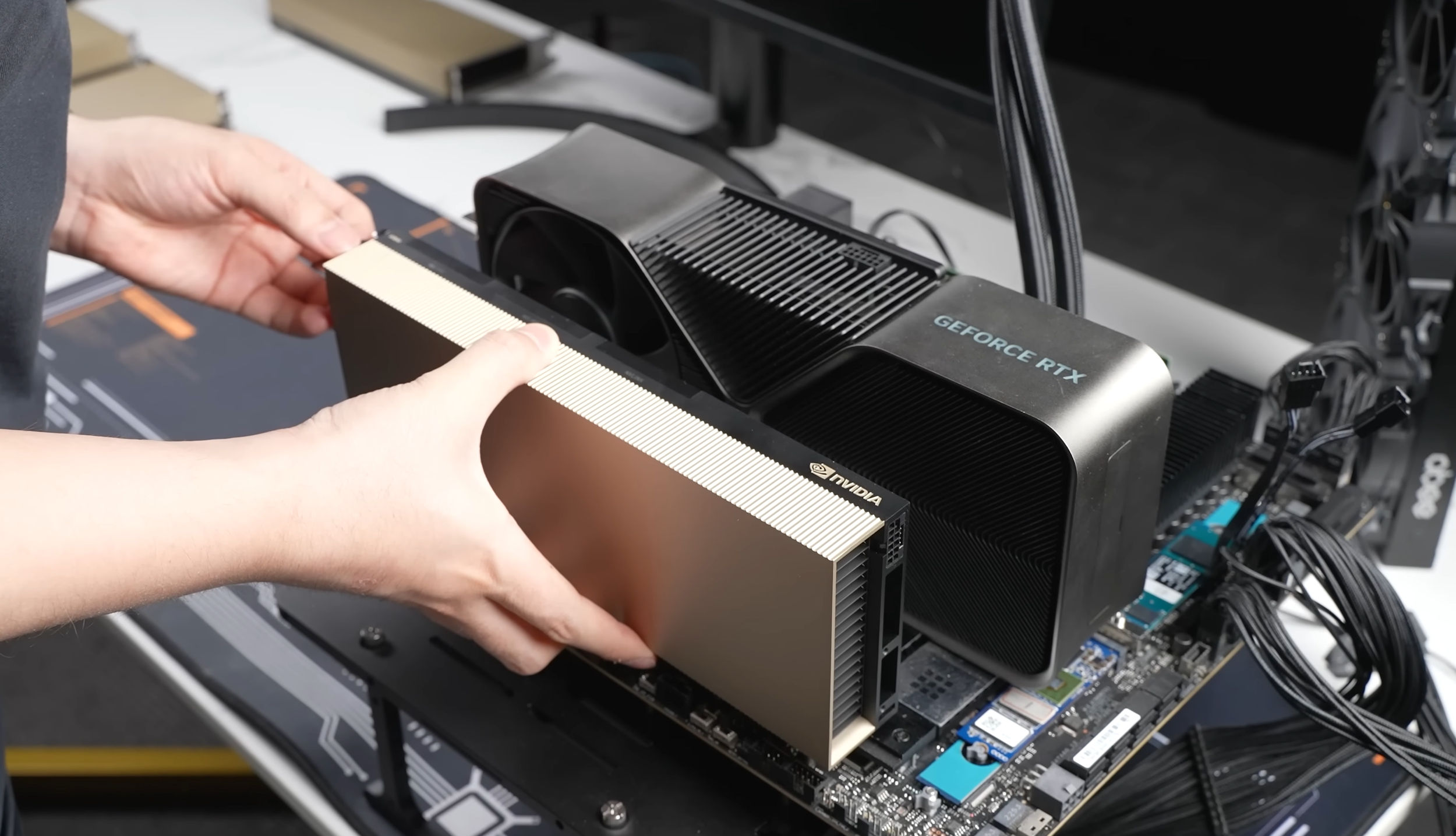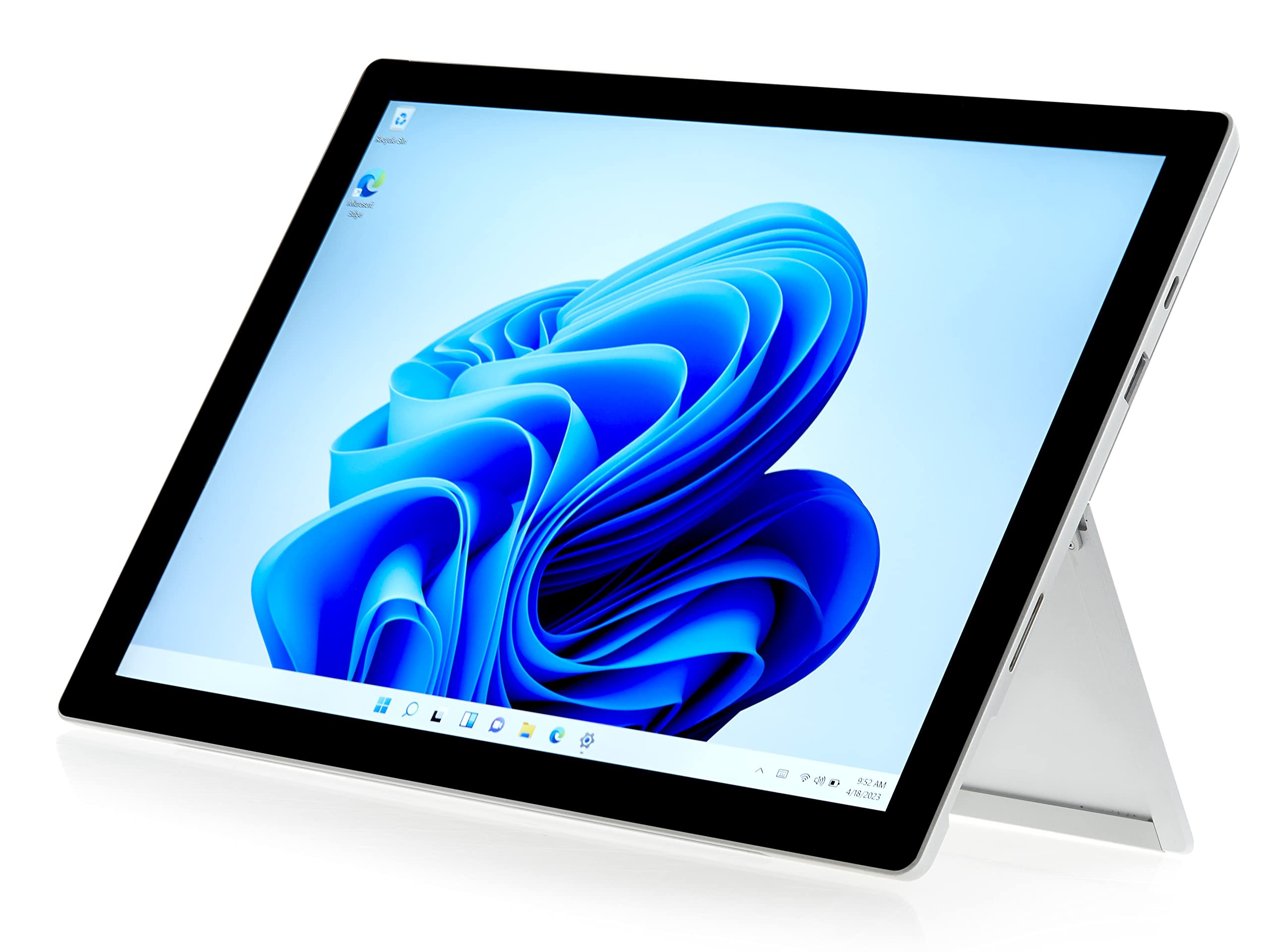Introduction
Welcome to this guide on how to find CPU information on Windows 10. Whether you are a system administrator, a tech enthusiast, or simply curious about your computer’s hardware, knowing how to locate your CPU specifications is essential. Your CPU, or Central Processing Unit, is the brains of your computer and understanding its capabilities can help you make informed decisions about software installation, hardware upgrades, and troubleshooting.
Windows 10 provides multiple methods to find information about your CPU. Each method offers a different approach to access the details you need. In this article, we will walk you through three different methods: using Task Manager, System Information utility, and Command Prompt.
Understanding how to find CPU information can be useful in various scenarios. For instance, if you are experiencing performance issues on your computer, knowing your CPU model and speed can help you diagnose and resolve the issue. Additionally, if you are planning to upgrade your computer’s hardware or install software with specific CPU requirements, having this information at your fingertips is crucial.
Before we dive into the methods of finding CPU information, it’s essential to ensure that you are running Windows 10. Although the methods described in this guide are specifically for Windows 10, some variations of them may work on older Windows versions as well. Without further ado, let’s get started on discovering how to find CPU information on Windows 10 using Task Manager!
Overview of CPU on Windows 10
Before we delve into the methods of finding CPU information on Windows 10, let’s briefly understand what the CPU is and its role in your computer system. The CPU, or Central Processing Unit, is often referred to as the “brain” of the computer. It is responsible for executing instructions and performing calculations that drive the operations of the computer.
In simple terms, the CPU is like the conductor of an orchestra, coordinating and executing all the tasks necessary for your computer to function properly. It carries out various tasks such as running applications, performing calculations, and managing the flow of data between different hardware components.
Windows 10 provides several ways to access detailed information about your CPU, including the manufacturer, model, number of cores, base clock speed, and more. This information can be helpful in diagnosing performance issues, determining compatibility with software or hardware requirements, and making informed decisions about upgrades.
Now that we have a basic understanding of the CPU’s significance, let’s explore the different methods available in Windows 10 to find CPU information. These methods utilize built-in tools and utilities that are easily accessible and require no additional software installation.
It’s worth mentioning that while the methods described in this guide are specific to Windows 10, similar methods can be used on older Windows versions as well, with slight variations in the steps involved.
With that said, let’s proceed to the first method—using Task Manager—to find CPU information on Windows 10.
Method 1: Using Task Manager to Find CPU
Task Manager is a built-in utility in Windows 10 that provides real-time information about the performance and resource usage of your computer. It also allows you to monitor and manage running processes, applications, and services. Here’s how you can use Task Manager to find CPU information:
- Open Task Manager by pressing Ctrl + Shift + Esc on your keyboard or by right-clicking on the taskbar and selecting Task Manager from the menu that appears.
- In the Task Manager window, click on the Performance tab.
- Under the CPU section, you will find detailed information about your CPU, including the name, current utilization, and the number of cores.
- To view additional CPU details, click on the Open Resource Monitor link at the bottom of the Task Manager window.
- In the Resource Monitor window, click on the CPU tab to access more specific information about your CPU, such as its maximum frequency, current clock speed, and more.
Using Task Manager is a quick and convenient way to find CPU information, especially if you need to check CPU utilization and performance in real-time. However, if you require more extensive details about your CPU, such as the architecture, cache size, or virtualization support, you may need to explore other methods.
Now that you know how to find CPU information using Task Manager, let’s move on to the second method—using System Information.
Method 2: Using System Information to Find CPU
In addition to Task Manager, Windows 10 provides another built-in tool called System Information, which offers comprehensive details about your computer’s hardware and software configuration. Here’s how you can use System Information to find CPU information:
- Open the Start menu and type “System Information” in the search bar. Click on the System Information app from the search results.
- In the System Information window, you will find a wealth of information about various aspects of your computer. To specifically view CPU-related details, expand the Components section in the left sidebar and click on Processor.
- In the right pane, you will see detailed information about your CPU, including the manufacturer, model, speed, architecture, and more.
System Information provides more comprehensive CPU information compared to Task Manager, including details about CPU architecture, family, stepping, cache size, and more. This can be particularly useful if you need specific CPU specifications for troubleshooting, software compatibility, or hardware upgrades.
Now that you have learned how to find CPU information using System Information, let’s move on to the final method—using Command Prompt.
Method 3: Using Command Prompt to Find CPU
If you prefer using the command line interface, Windows 10 allows you to find CPU information through Command Prompt. Here’s how you can do it:
- Open the Start menu and search for “Command Prompt“. Right-click on the Command Prompt app from the search results and select Run as administrator. This will open Command Prompt with administrative privileges.
- In the Command Prompt window, type the following command and press Enter:
wmic cpu get name, architecture, maxclockspeed, currentclockspeed, numberofcores, numberoflogicalprocessors - After a moment, the Command Prompt will display detailed CPU information, including the name, architecture, maximum and current clock speed, number of cores, and number of logical processors.
The Command Prompt method provides a concise and easily accessible way to obtain CPU information, especially if you prefer using the command line interface or need to retrieve CPU details programmatically.
By utilizing Command Prompt, you can quickly access CPU information without the need for any additional tools or utilities. This method is particularly useful for advanced users, system administrators, or those who prefer working with the command line interface.
Now that you have learned how to find CPU information using Command Prompt, you have explored all three methods available in Windows 10. Feel free to use the method that best suits your preferences and requirements.
Conclusion
Finding CPU information on Windows 10 is essential for understanding your computer’s hardware capabilities, diagnosing performance issues, ensuring software compatibility, and making informed decisions about upgrades. In this article, we explored three different methods to find CPU information: using Task Manager, System Information, and Command Prompt.
Task Manager offers a quick and convenient way to access real-time CPU utilization and basic CPU details. It is suitable for monitoring performance and troubleshooting performance-related issues.
System Information provides comprehensive information about your CPU, including architecture, cache size, and other detailed specifications. It is useful for obtaining in-depth CPU details for troubleshooting, software compatibility, or hardware upgrades.
For users who prefer a command line interface or need to retrieve CPU information programmatically, Command Prompt offers a concise and accessible method.
Remember that these methods are specific to Windows 10, but similar approaches may work with older versions of Windows as well, with slight variations.
Having a clear understanding of your CPU specifications is crucial in optimizing your computer’s performance and ensuring compatibility with software and hardware requirements. Whether you are a system administrator, a tech enthusiast, or simply curious about your computer’s capabilities, using these methods to find CPU information will empower you to make better-informed decisions about your system.
So, the next time you need to know your CPU model, speed, or other details, feel confident in using Task Manager, System Information, or Command Prompt to access the information you need. Don’t let the technical aspects of your computer intimidate you; with the right tools and knowledge, you can navigate and leverage your hardware to its fullest potential.

























